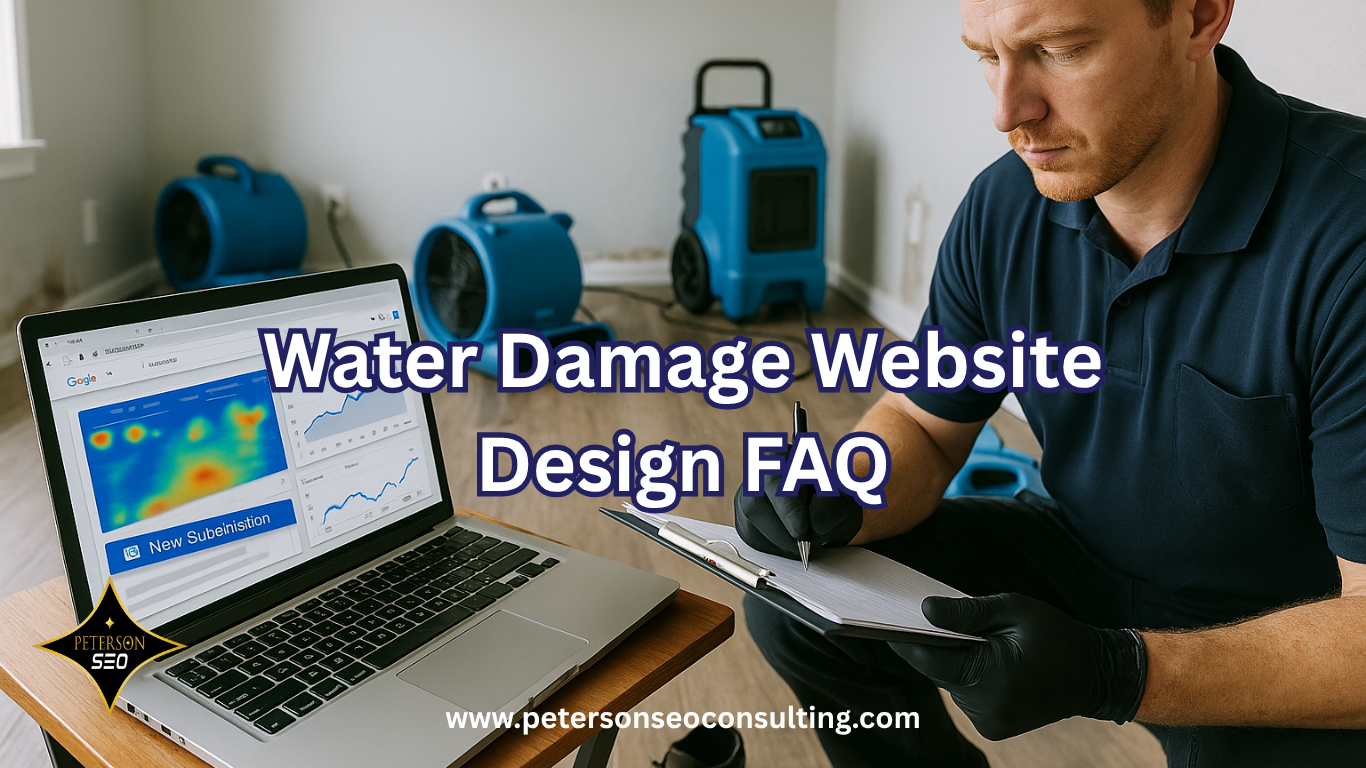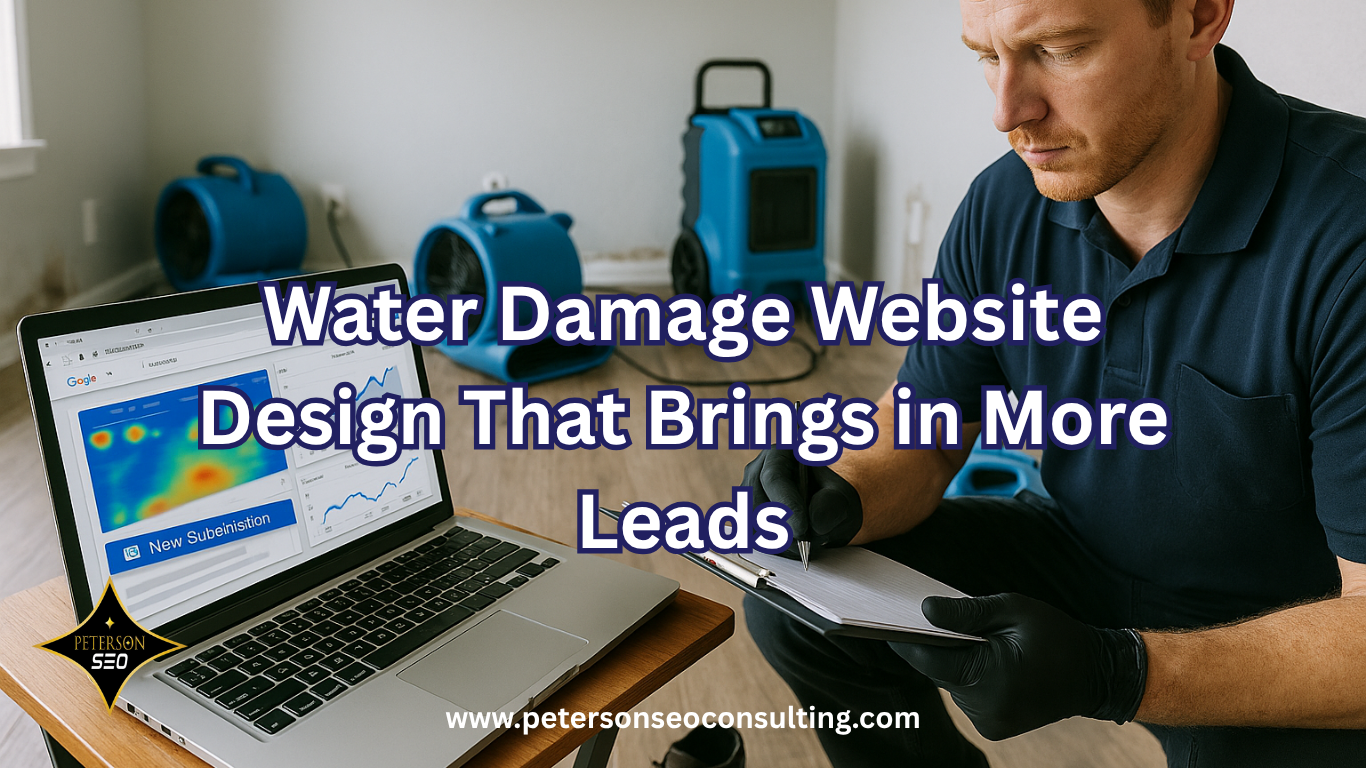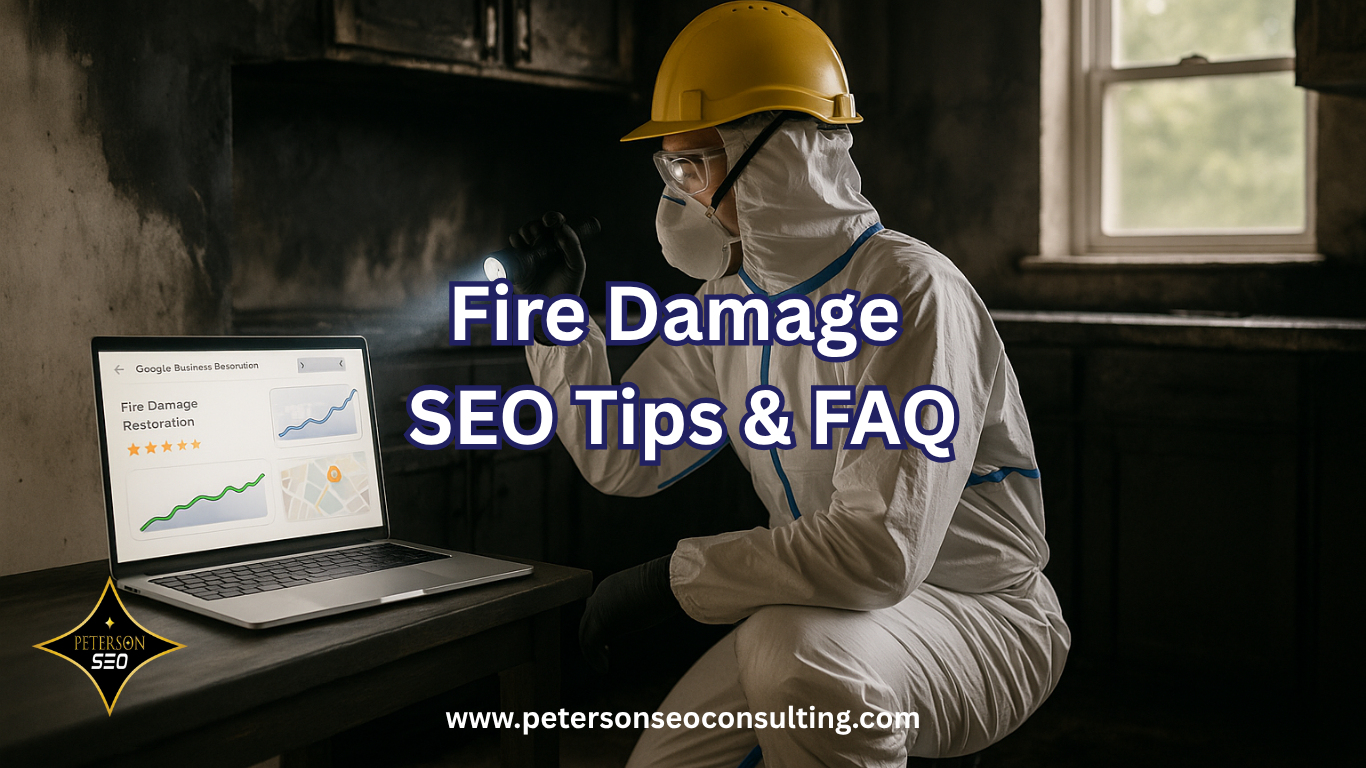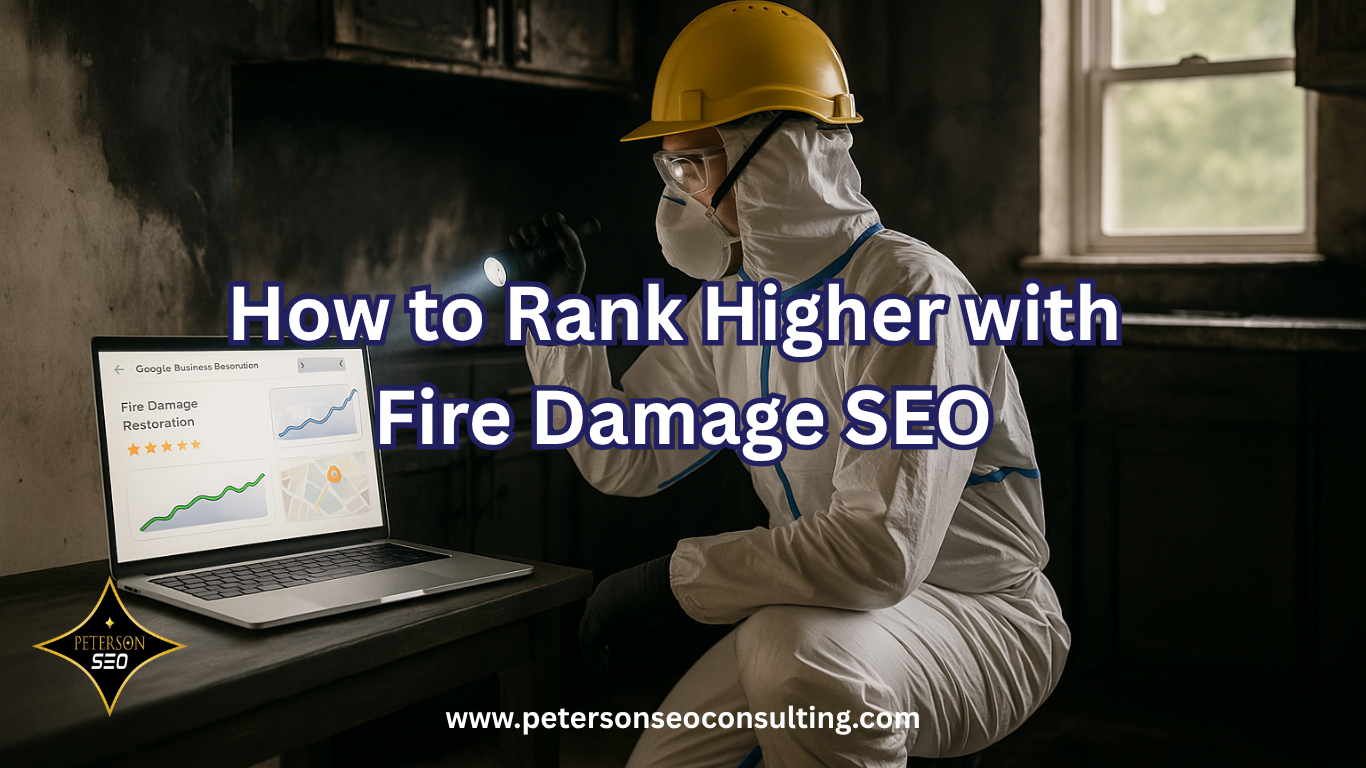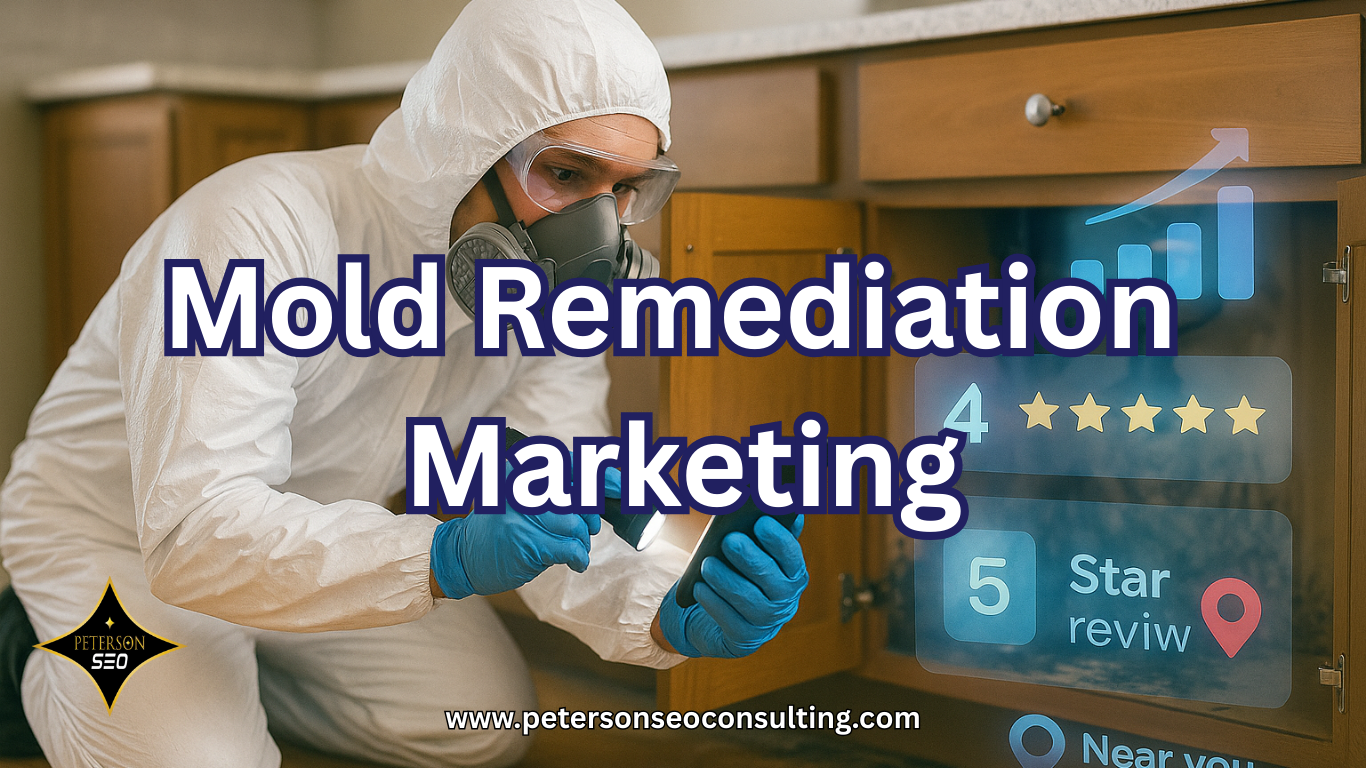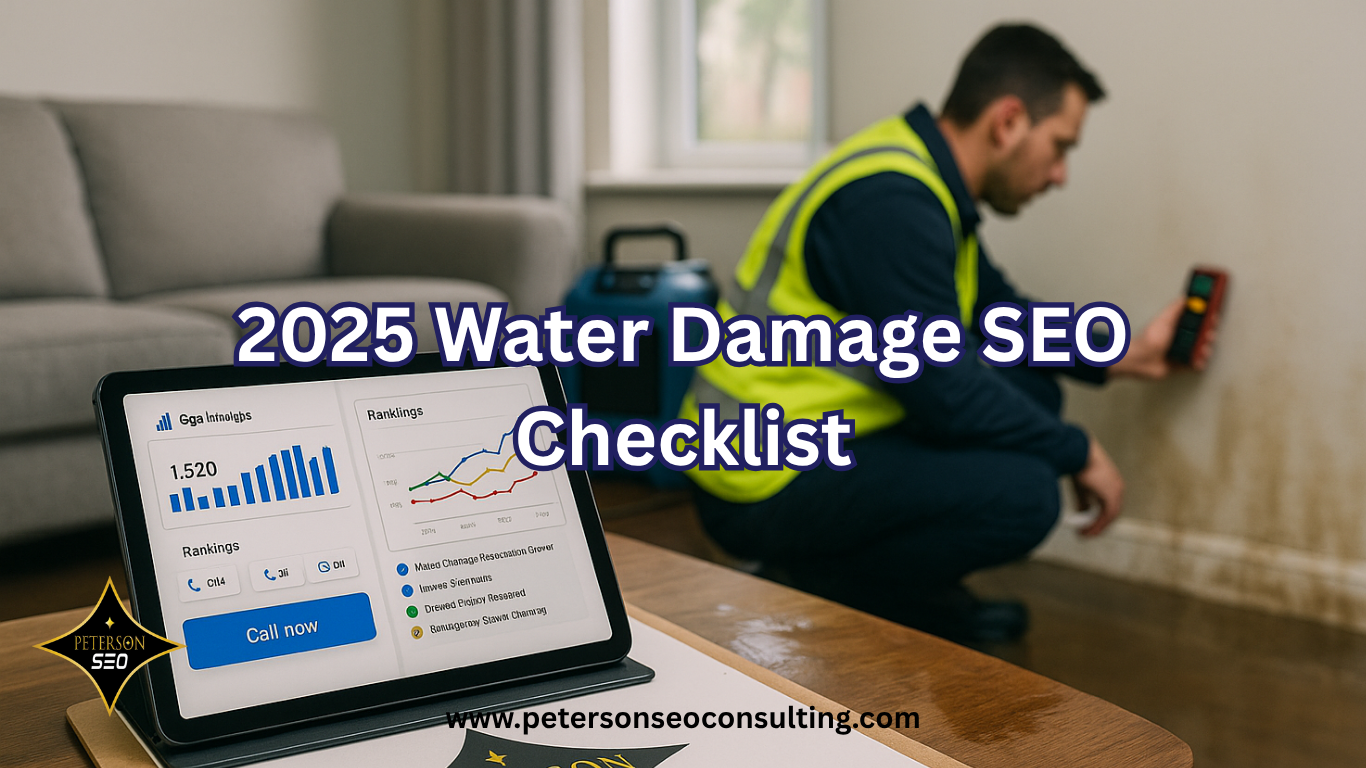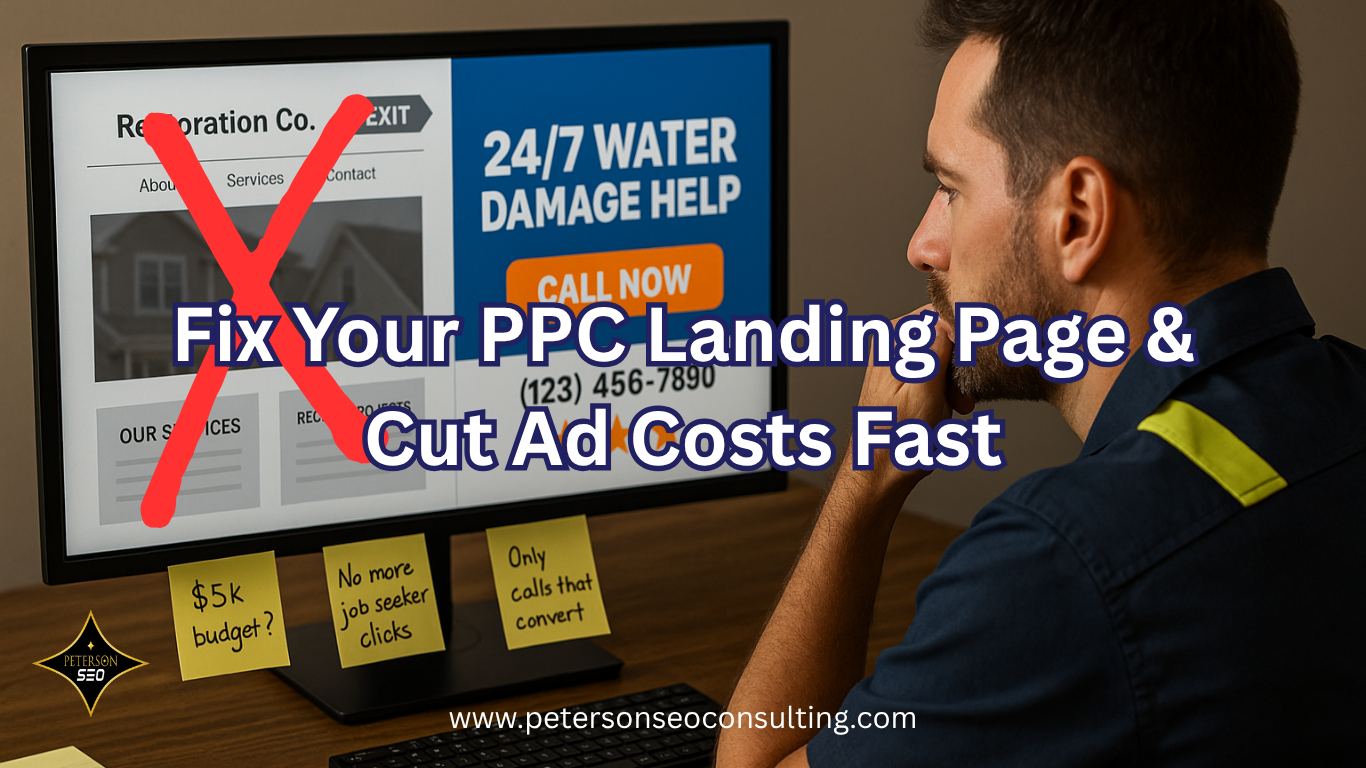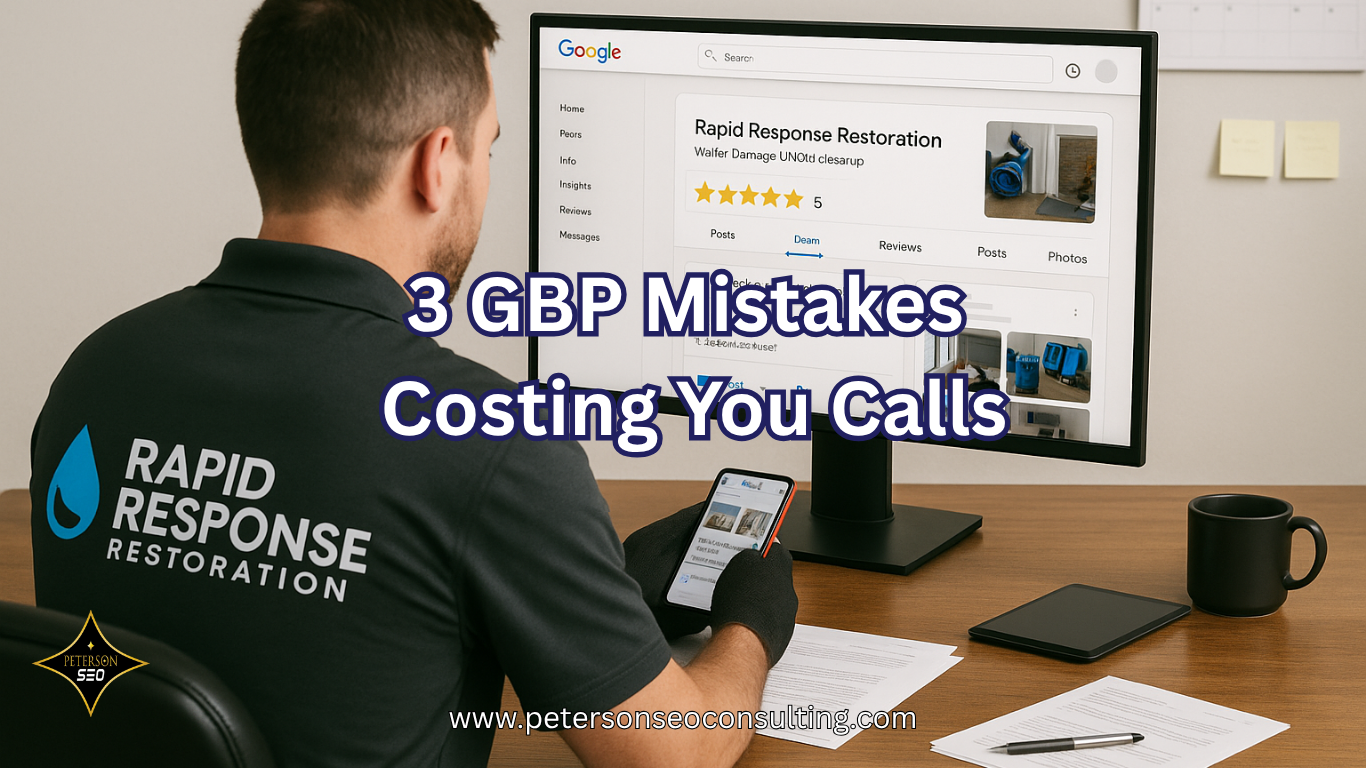Mold Remediation SEO & Marketing FAQ: Get Better Leads in 2025
July 13, 2025 | Chico, CA | Albuquerque, NM | USA
Marketing for mold remediation is a different game than water damage or fire cleanup. Most mold customers don’t call in a panic. They search, research, and hesitate. And that means your digital strategy has to do more than just show up—it has to educate, build trust, and guide them toward calling you when they’re finally ready.
We recently shared a full breakdown of how mold remediation marketing works—from search to ads to GBP optimization. But after that foundation is in place, the next set of questions kicks in. Questions about targeting, lead quality, page structure, and strategy.
This FAQ section answers the
real questions restoration companies are asking after they’ve started their
mold SEO journey—and are ready to fine-tune it for better results.
How do I stop getting mold leads from renters, DIYers, or low-budget shoppers?
This is one of the biggest frustrations we hear from restoration contractors. Mold inquiries come in, but most aren’t qualified. They’re renters, DIYers, or folks looking for a $99 quote. That’s not who you want to spend your time—and budget—on.
The fix starts with your targeting. If your content or ads are too broad, or your language is too generic, you’re going to attract the wrong audience. Mold is one of those services that draws in a lot of information seekers, not just buyers.
Here’s what helps:
- Use ad filters and negative keywords to block clicks from job seekers, DIYers, and students
- Build your messaging around property owners, landlords, and decision-makers
- Add qualifying language like “certified mold remediation for homeowners and property managers” instead of just “we clean mold fast”
- You can also ask a simple pre-qualifying question on your lead form like: “Are you the property owner or manager?” This screens out unqualified leads without adding friction for your real customers.
Good leads don’t just come from showing up. They come from speaking to the right person in the right way—and politely pushing the rest aside.
Why do mold-related blogs get traffic but not phone calls?
It’s a fair question. And the answer lies in understanding intent.
When someone lands on your blog about “how to identify attic mold” or “symptoms of black mold exposure,” they’re not looking to book a job—yet. They’re in research mode. They’re worried, curious, or trying to decide if they need to act. These people aren’t bad leads—they’re early leads.
Your blog’s job isn’t to convert on the spot. Its job is to build trust, prove your authority, and guide the visitor to your actual mold remediation page when they’re ready.
That’s why every blog post should:
- Link clearly to your mold service page
- Include strong but natural calls-to-action
- Mention common triggers that help readers self-qualify (like “if you see visible mold or smell musty odors”)
- Feed your remarketing list so you can follow up later with ads targeting higher-intent keywords
Blog content doesn’t close jobs. It gets you in front of the right people before your competitors. It builds the trust that makes your phone ring later. The trick is making sure it connects directly to your sales path—because blog traffic without a strategy is just vanity.
Can I combine mold and water damage on one page, or should mold have its own SEO funnel?
This one comes up all the time—and the answer is always the same: mold needs its own page. Ideally, its own full funnel.
Mold and water damage may be connected in the field, but online they’re very different beasts. Mold searches are more research-based. Water damage searches are driven by urgency. Someone Googling “flood cleanup near me” is in a rush. Someone typing “black mold under sink” is nervous and curious.
Trying to rank one page for both confuses Google—and it confuses your reader. You end up with a page that doesn’t do either job well.
To compete for mold remediation leads, you should build:
- A dedicated mold remediation service page
- Mold-specific city pages (like “Mold Removal in Roseville” or “Attic Mold Cleanup in Sacramento”)
- A set of blog articles and FAQs focused on mold education
- GBP posts and photo galleries showing real mold jobs
Separate funnels don’t just help you rank—they help your messaging resonate. And that’s what drives real calls from real customers.
If your mold marketing isn’t pulling in the kind of leads you want, it’s time to shift from general SEO to a mold-specific strategy.
The best results come from focusing on what makes mold different: the slower sales cycle, the research-driven intent, and the need for trust before the call. That means creating pages and content that match what your future customer is actually looking for—and building a local presence they believe in.
At Peterson SEO, we help independently owned restoration companies stop wasting time on clicks that don’t convert. We build smart, high-trust funnels that rank locally, attract real buyers, and help you book more profitable mold jobs.
Want help fine-tuning your mold funnel? Reach out to us directly through the contact form or chat tool right here on this page. We’ll show you what’s working—and what’s holding you back.
AUTHOR
Jessica is the CEO of Peterson SEO Digital Marketing Agency and is a serial entrepreneur that has not only owned and managed her own businesses, but also helps other small businesses grow to new levels. Learn more about Jessica & Peterson SEO.








